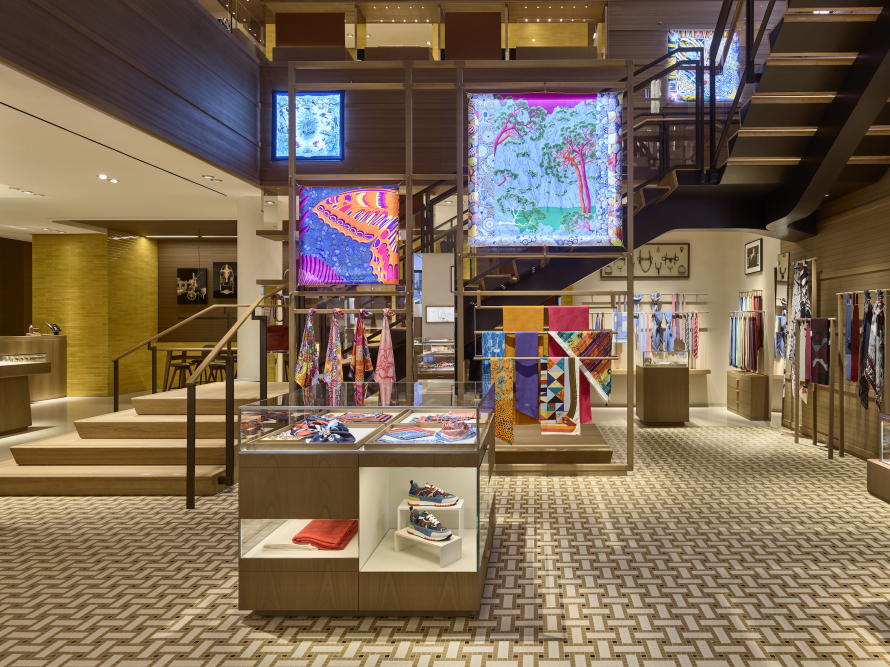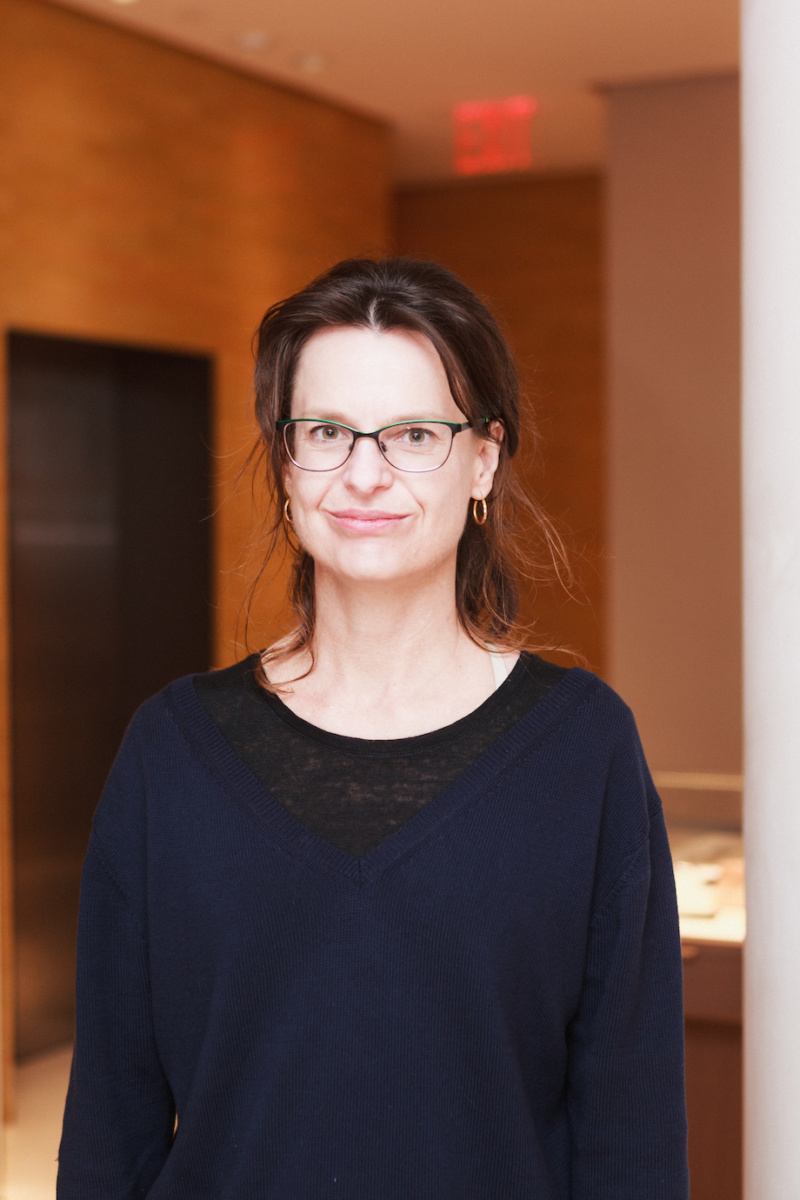
On April 5th, Hermès opened its doors to New York’s fastest changing neighborhood. The fashion house has moved to the Meatpacking District in Manhattan and will debut a new window display by artist, Ruby Wescoat. Wescoat has been working with Hermès for years and will unveil her newest piece this Friday. Cultured sat down with the artist to get the inside scoop on all the dreamy deets.
Can you tell us a little bit about how your relationship with Hermès came to be, and how your work has become such an integral part of their windows? I had some sculptural works in a show in San Francisco a number of years ago. It was an enormous effort to get the pieces I was showing from the East coast to the West, and for years afterwards I thought the whole thing had been a bit of a boondoggle. But a few years later, I got an email from Natacha Prihnenko, the Director of Windows Development at Hermès, saying she had seen the show, and would I be interested in working on some windows for a store that was opening in Atlanta. It was a big surprise to me, and a very lucky break.
I think Hermès responded to my work because it combines traditional ways of making with observations and ideas about the contemporary world, which is very much what Hermès designers and artisans seek to do.
When a new store opens, how do you navigate its unique identity in creating work, whether it be in Atlanta or the Meatpacking District? For the first project I did with Hermès in Atlanta, there wasn’t a call for a new design, as the window design team basically asked me to adapt my existing work into the space. They had already seen my work, and felt that it was a good fit for the new store they were opening in Buckhead. That was certainly the easiest of the projects we’ve done together, as the two later Manhattan projects required extensive design work and the fabrication of entirely new large-scale sculptures and paintings.
In my experience, the designs have been guided much more by the particular theme that Hermès is focusing on each year, rather than the identity of each store.

What was your concept for this store? Was your process any different than your previous experiences creating for Hermès? The starting point for this project was the Hermès artistic theme for 2019, “the dream.” Dreams have a tendency to morph from one setting and cast of characters to another without any clear dividing lines between the scenes, so in these windows I wanted to evoke a dream, mid-transition.
It appears that this dream must have begun in a stately home filled with the artifacts of multiple generations—furniture, portrait busts, and a painting of a relatively recent inhabitant with a small dog. But clearly a set change is well underway, and the outside world has begun to overtake the indoor narrative. Into the scene come a goat and a sheep who proceed to wreak havoc, opposed only by the loyal spaniel who attempts to defend his mistress's handbag from the intruders.
Could it be that we've actually wandered into the spaniel's dream? Possibly. He gazes out of the painting on the wall with alarm at the chaos around him, apparently the only one disturbed by the mess being made of the house.
The process for this project was slightly different from ones I’ve worked with Hermès on in the past. This time, the directors were adamant that the window designs should block as little natural light from coming into the store as possible, which meant that I had to leave the top half of the window space untouched. Filling less space is surprisingly challenging when you’re used to trying to do the opposite.
Finally, how has your identity as an artist interwoven with such a major household name in design and fashion? I’ve gotten so many ideas for my own work from the window projects I’ve done with Hermès. It’s also been really gratifying to have Hermès look at what I do and see something of interest. After working away for years, it’s nice to feel like someone else can see the mirage you’ve been chasing.



